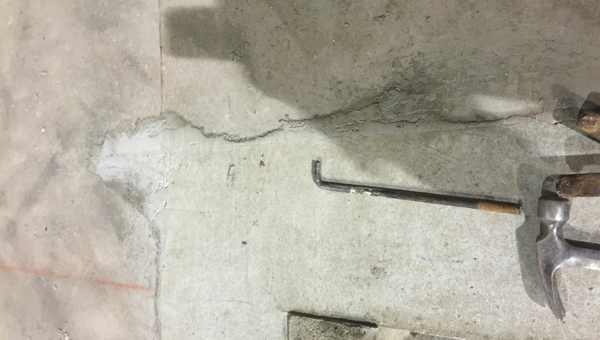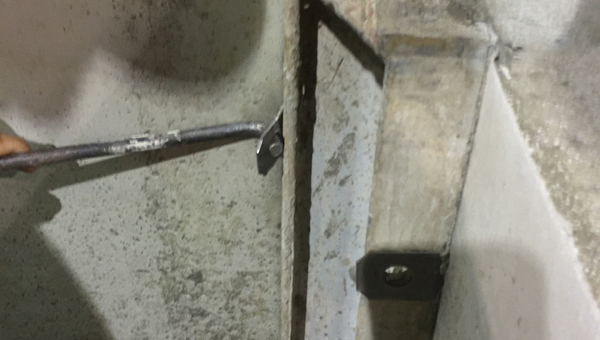Overcoming Annoying Details and Situations
This issue’s ‘Trick of the Trade’ is shared by Dennis Purinton of Purinton Builders in East Granby, CT and current president of the CFA.
Everyone knows that if you put a couple of contractors in a room together, before long an idea will be shared that results in a brainstorm for the other. Put a dozen contractors in a room together and the number of ideas shared can be astounding. This is the truest value of a network built to bring contractors together to be better at their craft and to strengthen the overall industry.
With this in mind, we offer this corner to you, and challenge you to share some of your most ingenious or successful troubleshooting or time-saving techniques. All you need to do is send an email to executive director and editor, James Baty (jbaty@cfawalls.org). The email should contain the situation encountered and whatever you need to describe the solution that your company has come up with. Photos or sketches are required to help explain the “trick” to this forum.
If you are from an active CFA member company and your trick is selected for publication, your company will have 50 pts. placed in your account for Member Rewards redeemable for your CFA transactions. If you are from a company that is not a member, we will offer you a $100 discount on your first year’s membership fees…a great way to get to know the CFA.
Want even more benefit from sharing? Let us include your contact information with this trick and we’ll recommend anyone interested in learning more to contact you directly. When one cares to share, a light can be turned on. When all begin to share, the evolution of knowledge shines brightly for all.
DENNIS PURINTON challenges each of you to think about the ways you’ve overcome annoying details and situations to be more effective and economical in your work.
When I started forming with aluminum forms, I was always annoyed at the way the inside corners would be stuck between two sets of form ties. These metal straps were enough to hold these inside corners tightly. If we tried to cut the ties from one side, we risked marring the surface of the fresh concrete. If we tried to jerk the corners from the wall, we would spall the edges of the concrete at the tie locations.
One day, I picked up an anchor bolt, inserted it through the hole on the tie and pried it back away from the corner. The tie stayed in place and the bolt gave me the leverage to bend the tie back enough so you can now hit the tie with a hammer, braking off the tie. The tie breaks without damaging the corner or the surface of the concrete. It takes less than a minute to safely break off corner ties with no special tools. Everyone on strip day has a 1/2” anchor bolt in their back pocket.

The common 1/2-in. anchor bolt found on most residential concrete foundation projects. “Every one of our crew members carries one in their back pocket on strip day,” says Dennis Purinton.

The anchor bolt end is inserted into the form tie hole and quickly pulled on to bend the tie end back. Used on each tie end, the aluminum corner form is easily removed.












I had a similar problem when I first started but one day I picked up a tie off the ground and hit it in between the ties and corner and was able to use the tie to break the existing ties. Cool anchor bolt trick though. Thank you